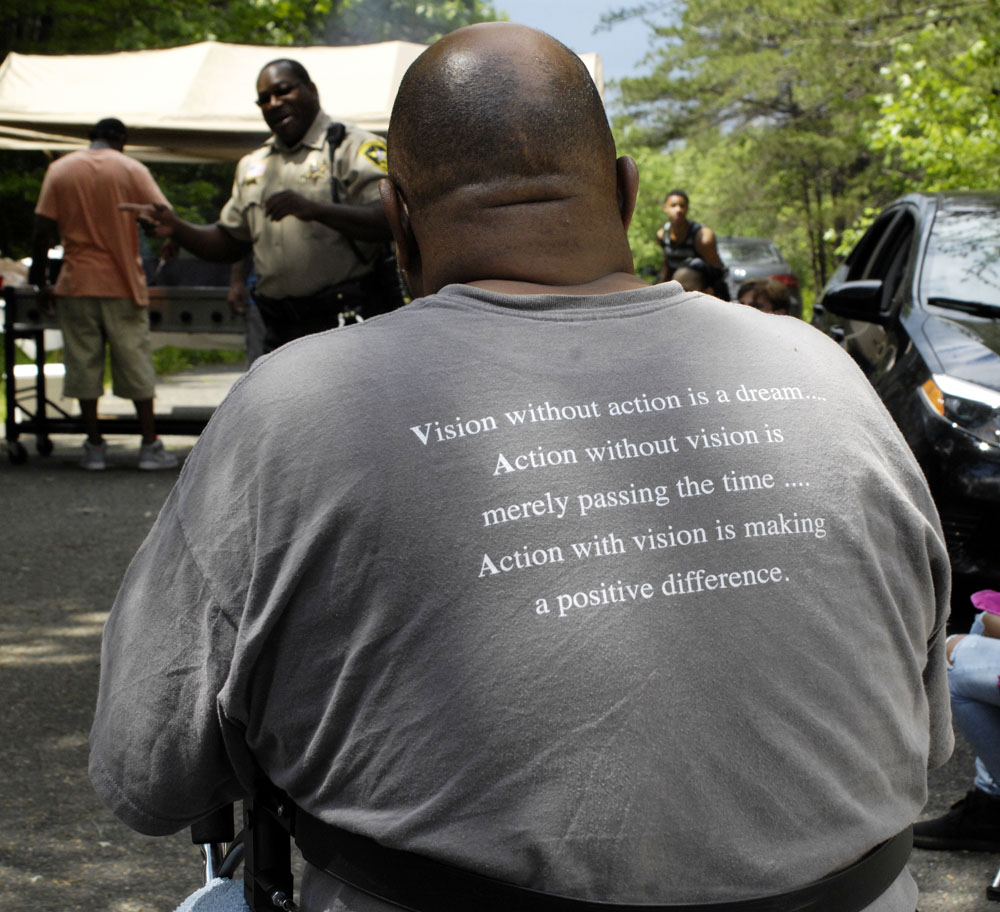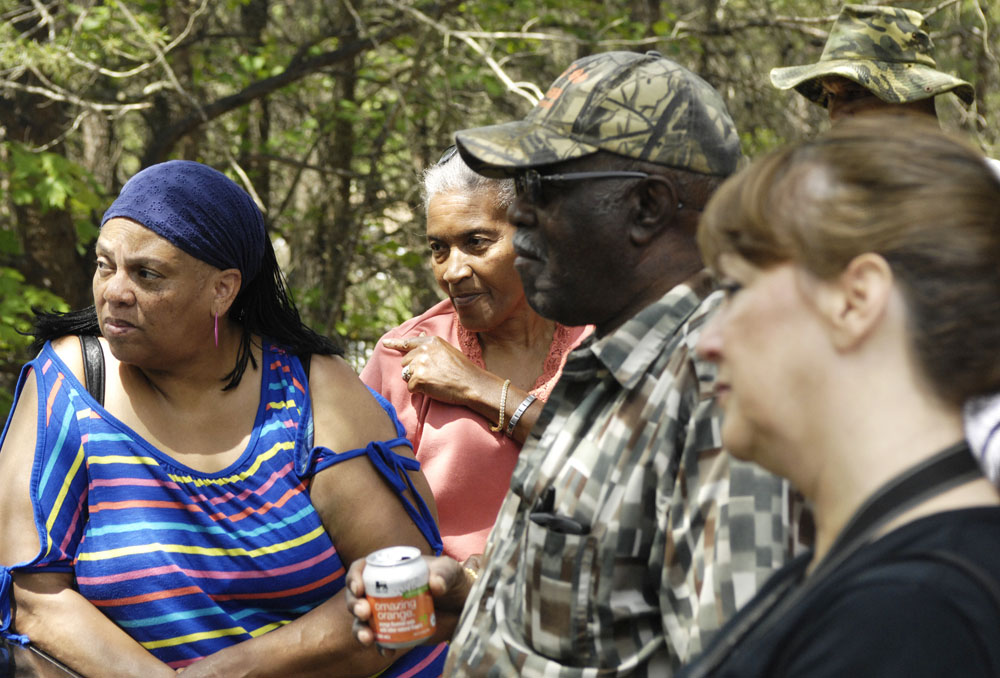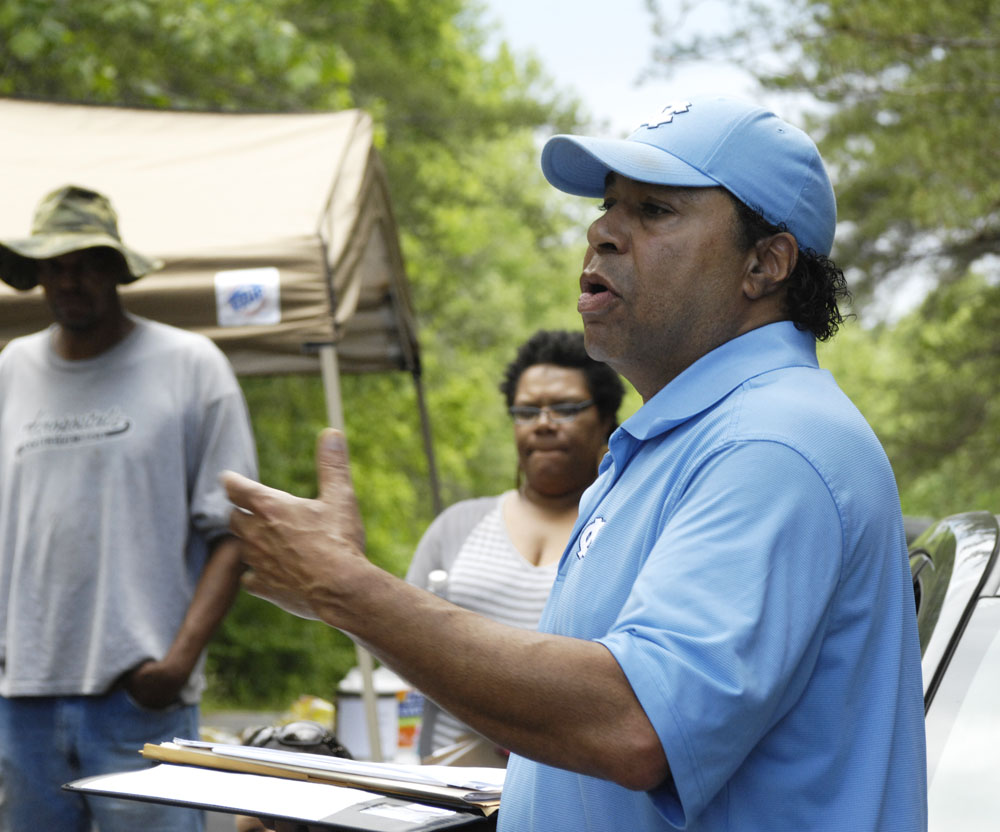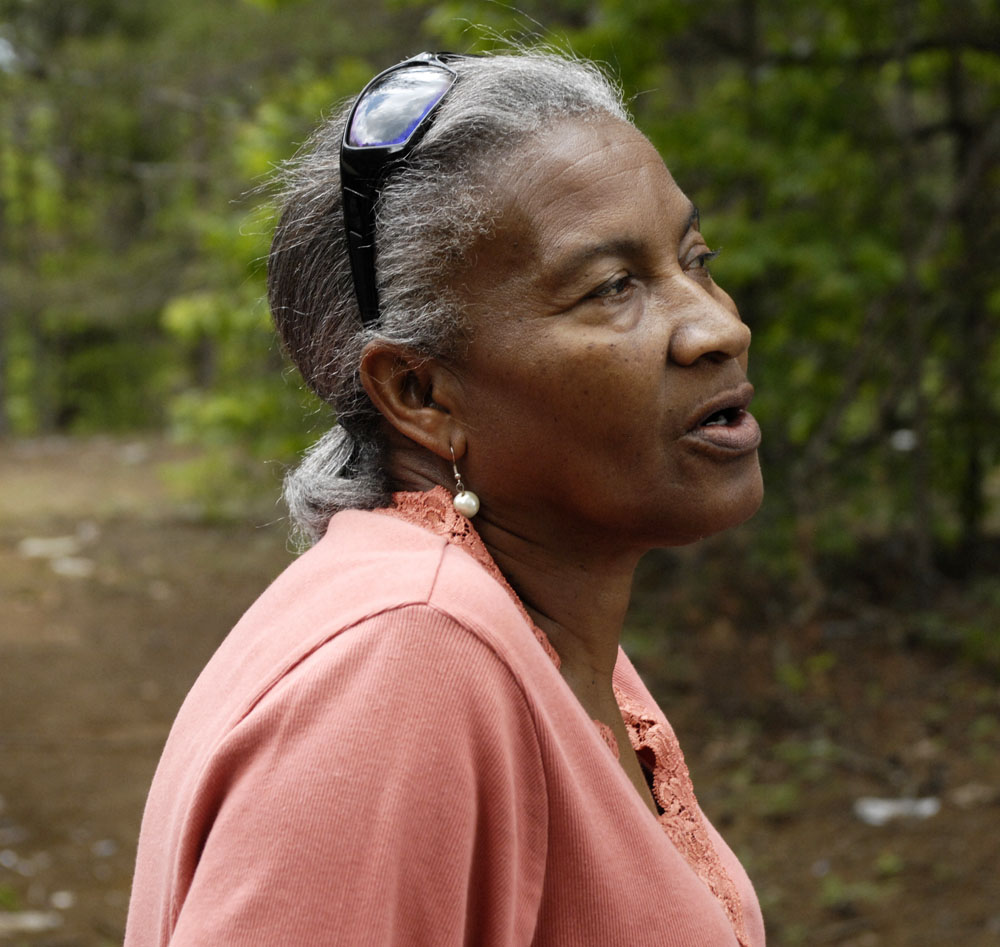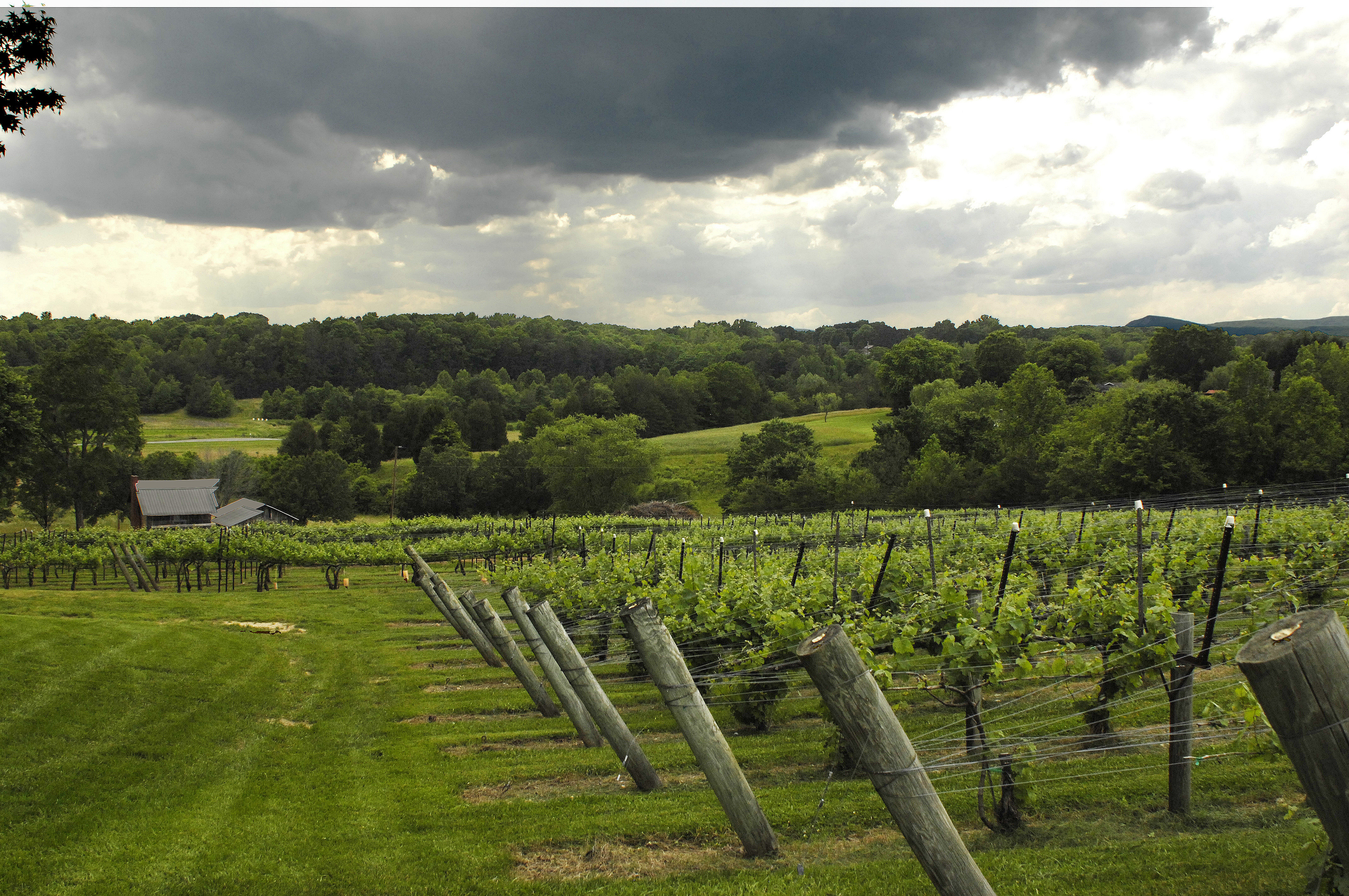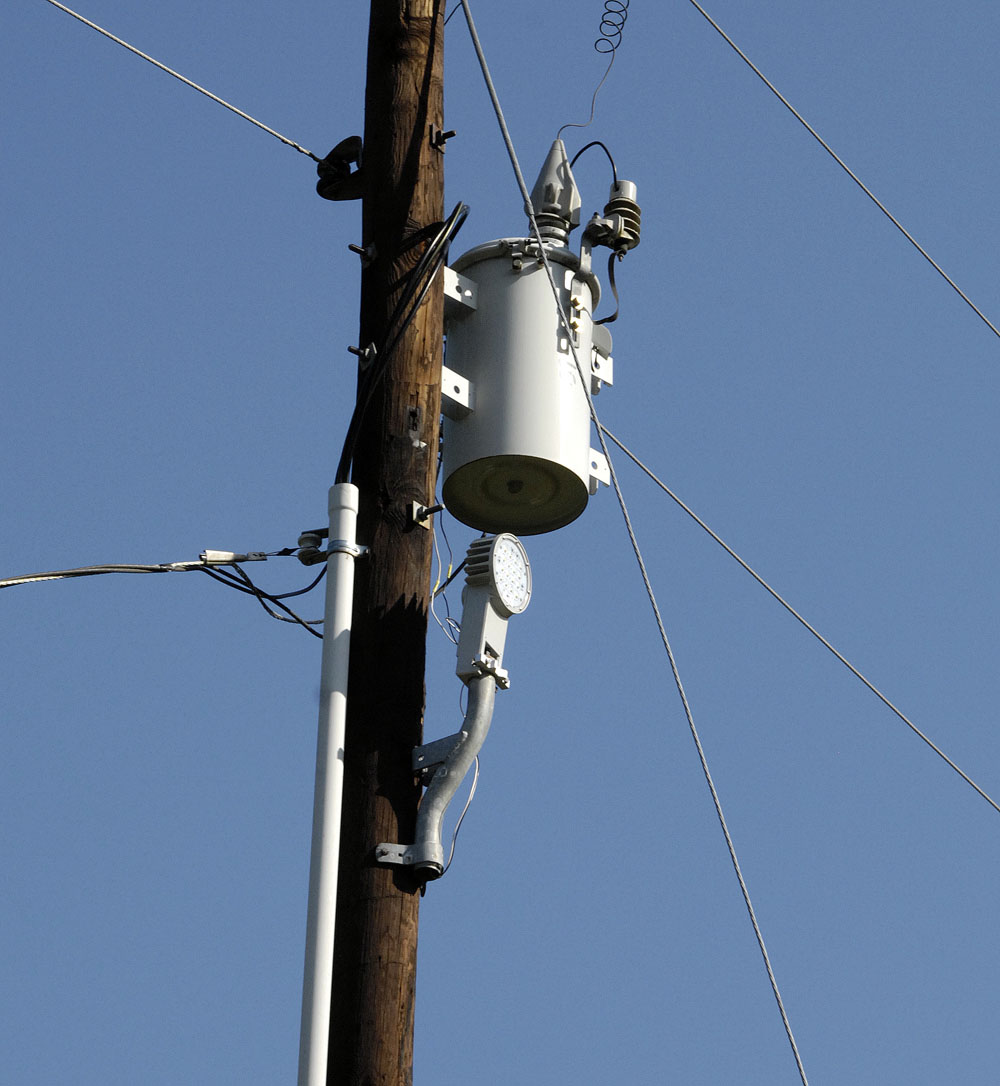
Since 1974, the people of the Walnut Tree community have lived in the shadow of Duke Energy’s Belews Creek Steam Station, Duke’s largest coal-burning power plant in the Carolinas. Not until 2008 were scrubbers installed on the plant’s stacks. For all those years, people in Walnut Tree were at Ground Zero for the plant’s emissions — fly ash, sulfur dioxide, nitrogen oxides, and all the extremely toxic heavy metals that are found at trace levels in the wastes from coal combustion.
Unsurprisingly, people began to get sick. Also unsurprisingly, the official response was that the steam plant had nothing to do with it.
It would be difficult to overestimate the political and economic power of Duke Energy in North Carolina. Working largely through the Republican Party, Duke Energy (along with other fossil fuel fortunes including the out-of-state Koch brothers) helped engineer the Tea Party takeover of North Carolina in 2010. North Carolina’s governor, Pat McCrory, worked for Duke Energy for 28 years. McCrory and the right-wing legislature have moved with terrifying efficiency to try to protect Duke Energy’s interests, to bring fracking and offshore oil drilling to North Carolina, to slow the state’s investment in renewable energy, and to weaken environmental regulations and the state agencies that enforce them. Part of the purpose of North Carolina’s so-called bathroom law is to distract people (and the media) from the rest of the right-wing agenda in North Carolina.
In February 2014, a massive coal ash spill into the Dan River near Eden focused the nation’s attention (at last!) on what Duke Energy and the politicians they own were trying to do in North Carolina.
Back in 2012, when I and a small group of sassy (and very smart) Stokes County citizens started the organization that we call No Fracking in Stokes, we had no idea how the fracking issue would play out or how it would end up connecting with the coal ash issue. There is much local history here that needs to be written, but by 2015 a powerful coalition had formed to fight not only for the environment but also for environmental justice in our obscure little county. Among these organizations are No Fracking in Stokes, Appalachian Voices, Clean Water for North Carolina, the Blue Ridge Environmental Defense League, the Southern Environmental Law Center, and the NAACP. I sometimes refer to these organizations as the cavalry that rode in to help us.
As readers of this blog know, Stokes County is a rare piece of largely unspoiled earth in the foothills of the Blue Ridge Mountains. The beautiful Dan River winds down out of Virginia, through Stokes County, and back into Virginia again. North Carolina’s most popular state park, Hanging Rock State Park, is here. Climb to the top of the Hanging Rock promontory and look around. You’ll see what we’re protecting. But because the county is controlled by Republicans, and because many of the people are poor and are too busy just trying to get by to pay attention, outside interests would like write the county off as an environmental sacrifice zone.
Now the U.S. Commission on Civil Rights has gotten involved. That group held a hearing in Walnut Cove last month, specifically on the question of environmental justice in the Walnut Tree neighborhood. Last year, the Rev. William Barber, who has led North Carolina’s powerful Moral Monday movement, spoke in Walnut Cove. He also brought the resources of the NAACP to the struggle.
It seems quite possible that, in the larger statewide struggle to hold Duke Energy accountable and to expose the corruption of the Republican Party’s protection of Duke Energy, Walnut Tree will be Duke Energy’s Waterloo, because in Walnut Tree the legal questions relating to environmental justice become crystal clear.
These photos are from a cookout last Saturday in the Walnut Tree community. They’ve gotten organized. They have plans to build a community center. They have a legal strategy for getting the Walnut Tree community annexed into the little town of Walnut Cove (Walnut Tree desperately needs Walnut Cove’s water, which comes from deep wells that are a safe distance from the coal ash impoundments).
As someone from Appalachian Voices said, this is what winning looks like. It has taken 40 years, though we’re still not done.



